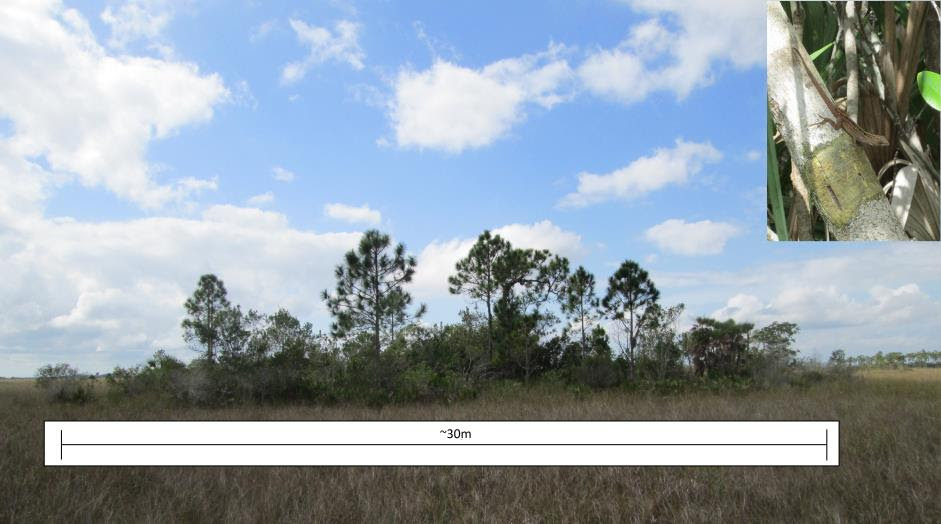This post was written by guest blogger Emily Nodine, a PhD candidate in FIU's Periphyton Lab ( http://algae.fiu.edu/research/ ). When people think about today’s Everglades or the “River of Grass,” they generally think of Lake Okeechobee, Everglades National Park, and the canals and water control structures in between. But the watershed is actually much larger than that. Lake Okeechobee does serve as the headwaters of the Everglades; prior to human alteration, Lake Okeechobee would slowly overflow southward during very wet periods, forming the shallow, slow-flowing sheet of water that earned it the title “River of Grass.” Today, the Hoover Dike prevents this and the water flow is strictly controlled, mostly released to the east and west coasts via the St. Lucie and Caloosahatchee Rivers, but also southward to the Everglades through an extensive system of canals and water control structures. But the water in Lake Okeechobee came from somewhere else, t...






